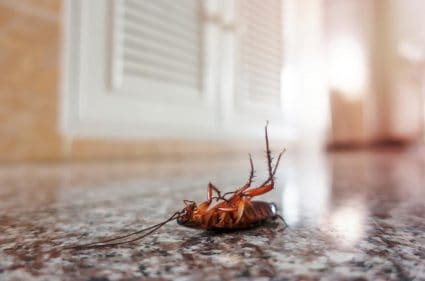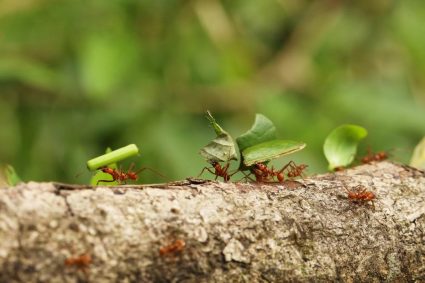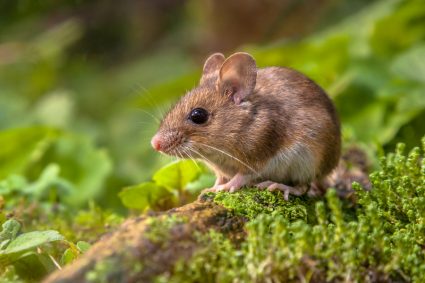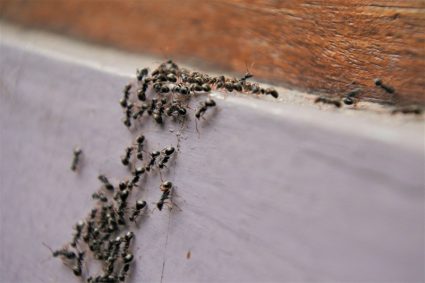
Flea infestations are a common issue faced by pet owners worldwide. One of the earliest indicators of a flea problem is the presence of flea dirt. Flea dirt, essentially flea feces, is composed of digested blood from the host animal. It may look like regular dirt or even dandruff, but it carries far more implications for your pet’s health and comfort. This comprehensive guide will help you identify flea dirt, understand its significance, and learn how to manage and prevent flea infestations in your home.
Flea dirt can be identified as tiny black specks that resemble black pepper or dark dandruff on your pet’s fur or in their bedding. To confirm it’s flea dirt, place some of the suspected dirt onto a damp paper towel. If it turns red or brown, it is likely flea dirt, as this indicates the presence of partially digested blood. Common locations for flea dirt include your pet’s fur, pet beds, carpets, upholstered furniture, and shaded outdoor areas.
What is Flea Dirt?
Flea dirt appears as tiny black specks, often likened to black pepper or dark dandruff. Unlike ordinary dirt, flea dirt is grainy and composed of digested blood. If you find a black, sand-like substance on your pet’s fur or in their bedding, it’s likely flea dirt.
How to Confirm if it’s Flea Dirt?
Performing a simple test can confirm whether the substance you’ve found is flea dirt. Place some of the suspected dirt onto a damp paper towel. If it turns red or brown, it is likely flea dirt, as this indicates the presence of partially digested blood.
Where Can You Find Flea Dirt?
Flea dirt can be found in various places around your home or on your pet. Common locations include:
- Pet’s fur, particularly around the base of the tail or between the tummy and the leg.
- Pet beds, carpets, area rugs, and hardwood floors.
- Upholstered furniture where pets lounge.
- Shaded and moist outdoor areas, such as under trees, bushes, or decks.
Health Implications of Flea Dirt
Flea dirt is more than just an unsightly nuisance; it’s an indication of a flea infestation, which can lead to several health issues for your pet:
- Skin irritation and flea allergy dermatitis
- Anemia from significant blood loss
- Tapeworms from swallowing an infected flea
- Transmission of severe illnesses to humans, such as typhus and plague
Initial Steps After Identifying Flea Dirt
Once flea dirt is identified, it’s crucial to act quickly to prevent further infestation and potential health issues. Here are the initial steps to take:
- Bathe and comb your pet to remove flea dirt and live fleas.
- Clean your home thoroughly, including washing all bedding and vacuuming floors.
- Treat your home and yard with flea control products.
- Consult with your veterinarian to choose an appropriate flea preventative for your pet.
Preventing Flea Dirt and Infestations
Prevention is always better than cure. Here are some precautions pet owners can take to prevent flea dirt and subsequent infestations:
- Use veterinarian-approved flea control products on your pet year-round.
- Limit your pet’s time outdoors and avoid contact with wild and stray animals.
- Maintain a clean home environment and regularly clean pet bedding.
- Monitor your pet regularly for signs of fleas and flea dirt.
In conclusion, flea dirt is a clear sign of flea activity and should not be ignored. Regular monitoring, maintaining cleanliness, and using appropriate flea control products are key to ensuring your pet remains flea-free. Always consult with your veterinarian for the best flea control product for your pet and follow their instructions to keep your pet healthy and comfortable.
Frequently Asked Questions
How long does flea dirt last?
Flea dirt itself doesn’t disappear unless it’s physically removed or washed away. However, if you’ve successfully treated the flea infestation, new flea dirt should stop appearing.
Can you have flea dirt but no fleas?
Yes, it’s possible to find flea dirt but not see any live fleas. Fleas are small and move fast, so they can be difficult to spot. If you find flea dirt, it’s a clear sign that fleas are present or have been recently.
Can flea dirt cause harm to humans?
While flea dirt is not directly harmful to humans, it’s a sign of fleas which can transmit diseases. Additionally, flea bites can cause itching and discomfort.
What does flea dirt look like on different colored fur?
Flea dirt looks like small black or dark brown specks. On lighter fur, it’s quite noticeable. On darker fur, it may be harder to spot, so checking common areas like the base of the tail or between the tummy and legs is recommended.
How often should I check my pet for flea dirt?
It’s a good practice to check your pet for flea dirt regularly, especially during warmer months when fleas are most active. Weekly checks are a good starting point, but if your pet has had fleas before, you might want to check more frequently.












